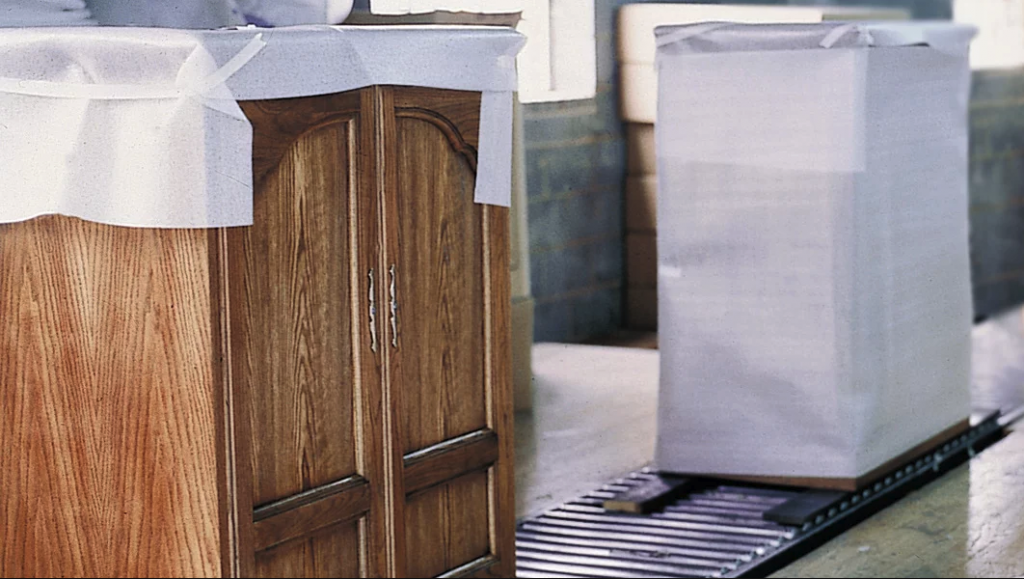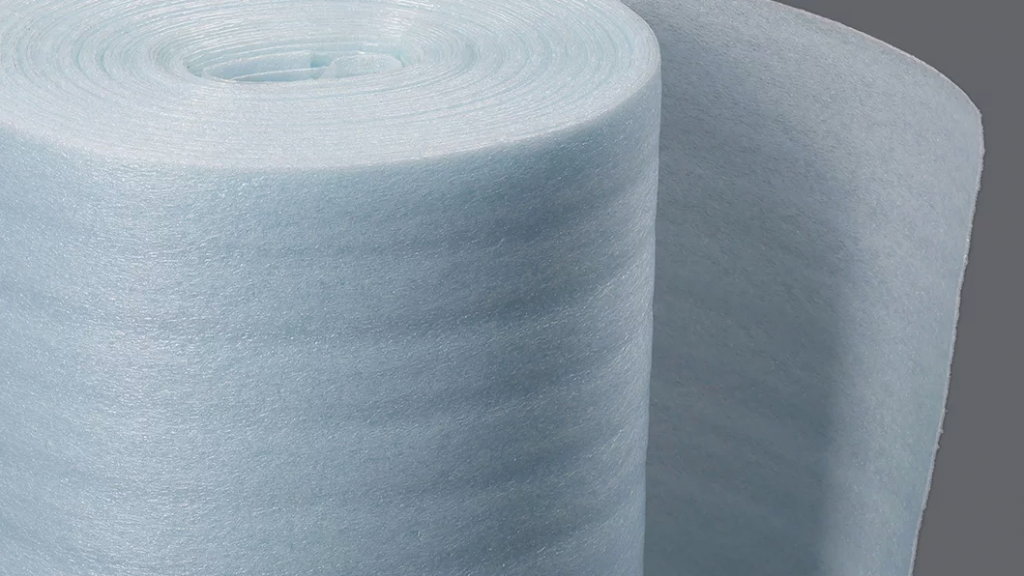Low density sheet foam improves performance, space utilization while reducing costs by 15%
Pregis’ proprietary product, Microfoam® low‐density polypropylene (PP) sheet foam, provides superior protection for easily scratched surfaces. Its high coefficient of friction (COF) allows it to cling to the item it is protecting. (Low COF materials slide back and forth increasing the chance that sensitive product finishes will be subjected to abrasion.)
Project Overview
A Midwestern manufacturer of furniture and movable wall systems for education, corporate, government and healthcare markets had been using Versa‐Pak cellulose wadding to protect its molded plastic schoolroom chairs. It had previously trialed other protective packaging materials including polyethylene (PE) bubble and foam. Because the part comes out of the mold at elevated temperatures, the PE has a tendency to transfer onto the product rendering it unsuitable. The company concluded that the protective packaging solution would have to be paper based to meet both surface protection and cushioning requirements.

Because of the problems encountered with PE foam, a decision was made to go with cellulose wadding. This created a host of operational issues as it is heavier and more difficult to move around and apply. Pregis’ local distributor had been selling the customer other items such as corrugated shippers, stretch filament tape, etc. After reviewing the application objectives with the Pregis sales representative, he recommended Microfoam because of the superior surface protection and higher temperature tolerance.
There was a bit of hesitation on the customer’s part based on the poor results/product damage they had previously gotten from polyethylene based foam materials. They needed to be educated on the unique benefits of Microfoam’s polypropylene structure. The manufacturer agreed to a trial. A variety of sizes were tested—1/8‐, 3/16‐ and ¼‐inch, until the company decided on 3/16‐inch as the appropriate thickness for its application.

After a couple of months of testing Microfoam, the feedback was excellent. Plant personnel reported that the bundles were lighter and therefore easier to lift and move. Plus Microfoam was easier to apply when wrapping and interleaving than the cellulose wadding. In addition to the production test, the company also received a green light to proceed from its internal environmental impact assessment group.
The manufacturer has also calculated that the switch will end up lower their material costs by approximately 15%.
See also:


